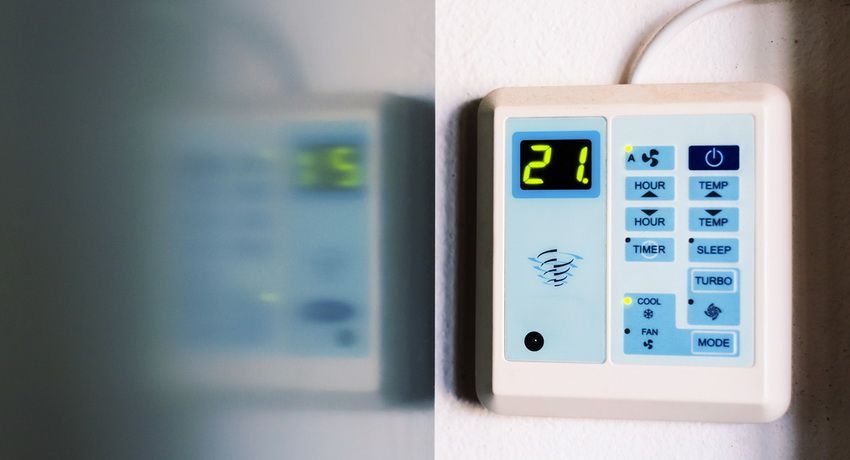The sink is an integral element of the kitchen interior. In order to choose the most suitable sink for a particular kitchen, it is necessary to pay attention to a number of factors, such as: capacity, resistance to mechanical stress (shock) and other factors. Sink for the kitchen should not only fit into the interior of the room, but also be functional and easy to clean.

What are the requirements for the kitchen sink?
The selection of individual elements of the interior of the kitchen in any case raises a huge number of questions. For example, it is very important not to forget that in many homes the space of the kitchen is limited. Therefore, the sink should fit organically into the interior and be as functional as possible in a minimal area of space.

There are other requirements that must be met by a modern kitchen sink.
Design. First of all, any sink should be chosen for the already shaped kitchen style. Compatibility with the interior of the kitchen room is a very important point.
Useful information! It is best to make the selection of the sink after the main repair, when the interior of the room is already clearly defined. Photos of sinks in the kitchen, their colors and design can be studied on the Internet.
Spaciousness. This parameter is one of the most important for the kitchen sink. Even if the kitchen differs in quite modest sizes, it is necessary to take care that the sink bowl has sufficient height. Then without problems it will be possible to wash not only plates and cups, but also rather voluminous objects (pots, jugs).

Wear resistance. The surface of the sink, which is located in the kitchen, must necessarily be resistant to external influences. A quality sink must tolerate exposure to high temperatures, as well as being resistant to the active chemical compounds that make up the detergents. Do not forget about mechanical effects (bumps, scratches).
The above factors allow us to answer the common question “how to choose a sink in the kitchen”, but rather generalized. In addition to the bowl itself, it is necessary to determine the auxiliary elements that will be required to connect it. Such devices include: siphon, water filter, food waste chopper, etc.
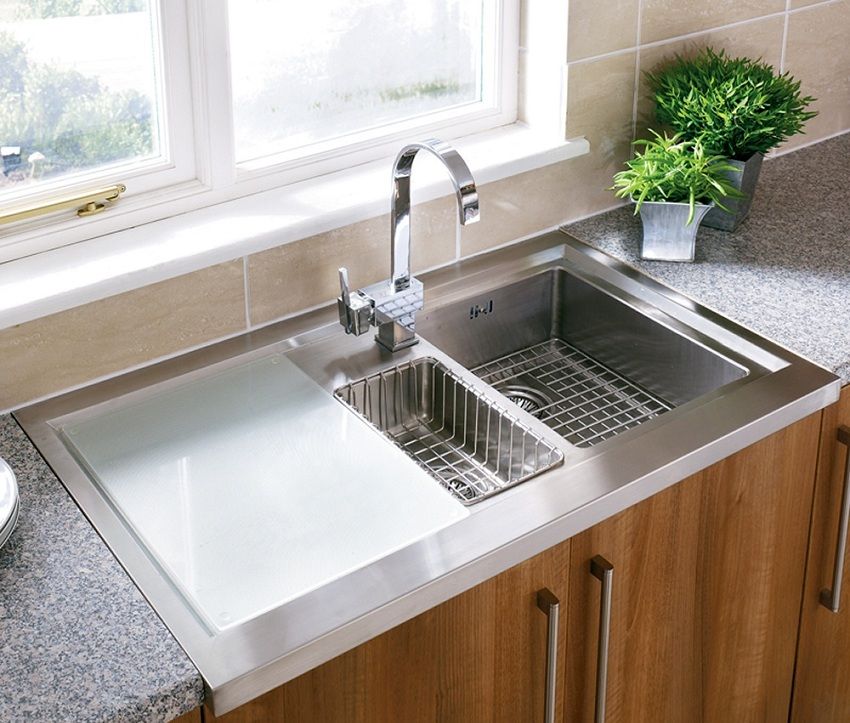
The dimensions of the sink for the kitchen are selected depending on the dimensions of a particular room. For a small area of the “food block” it is recommended to buy compact models of sinks. From the constructive point of view, all washes are divided into the following types:
- with one bowl. Such models are ideally suited for installation in the conditions of limited space. They are distinguished by democratic value and are excellent for standard kitchen premises in high-rise buildings;
- with double bowl. Models that have two bowls are recommended to be purchased only if the kitchen space allows this. As a rule, both bowls in such a sink are located on the same line. However, another option is possible when one bowl is angled to another;
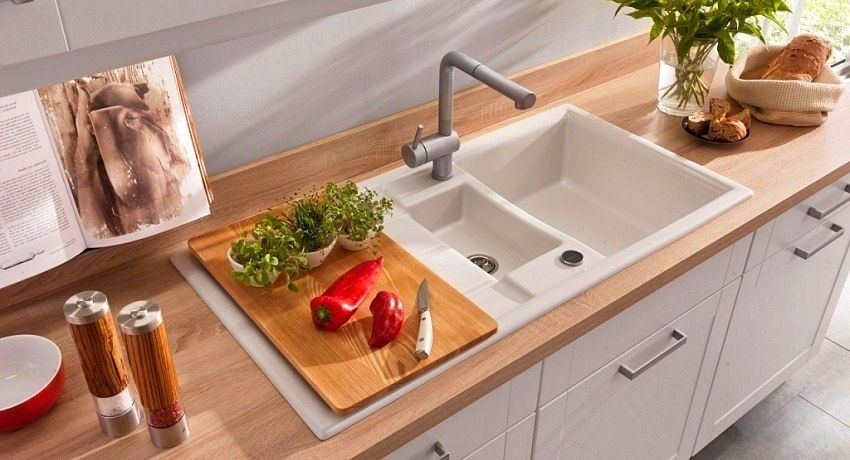
- one and a half washing. Such models differ in that they have two bowls, one of which (more) is used directly to wash dishes. The second bowl, a smaller one, is most often used for washing vegetables and fruits. One and a half sinks can be of two types: mortise and overhead. They are great if you can not install two separate bowls;
- corner sink. It is mounted as a separate element of the angular kitchen module. It includes one or two bowls, between which there is a working space. The dimensions of the corner kitchen sink also allow you to mount it in small rooms. During the installation of such a model, it is recommended to pay special attention to sealing the joints. Such a need is due to the fact that corner models are mounted (most often) at the junction of two tabletops;
- model with a wing. The number of wings in such models may be different (1 or 2). The wing is a working space that is a continuation of the table top.
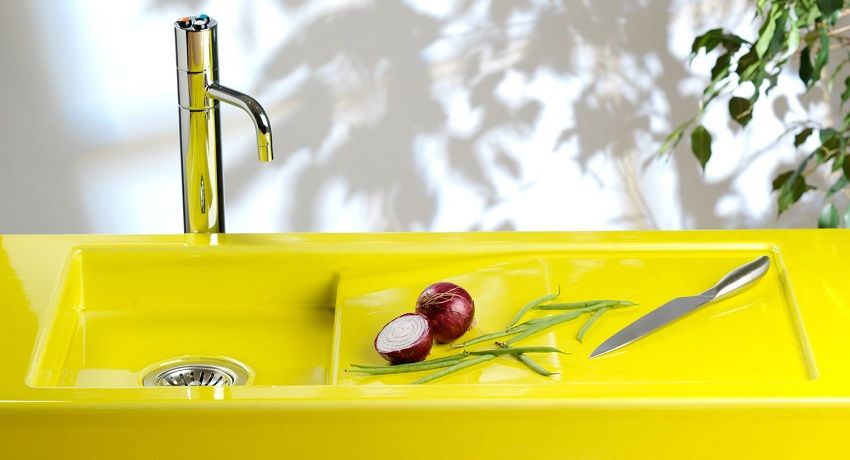
In addition to the length and width of the sink, a very important geometric indicator is its depth. It affects the spaciousness of the sink, which, in turn, affects the functionality and usability of this kitchen element.
Helpful advice! For standard kitchens in high-rise buildings, experts advise buying sinks that have a depth of 15 to 18 cm.
It is not recommended to buy models that have a bowl that is too deep, as washing dishes in such sinks is not very convenient. When choosing a sink, it is also necessary to pay attention to its shape. Today you can find the following varieties of these kitchen elements:
- round;
- rectangular;
- square;
- complex (multifaceted).

So which kitchen sink is better? Sinks that are rectangular or square in shape are the most popular. This is due to the fact that they are perfectly combined with kitchen furniture and are a fairly compact solution, suitable for standard and small-sized kitchens. Round models have one weighty advantage – the largest capacity.
Kitchen sinks can be made of different materials. The choice of it is carried out depending on the interior of the kitchen room. So, for kitchens whose design is dominated by the classic concept, sinks made from natural or artificial stone are most suitable. Modern design solutions (for example, high-tech) involve the use of cold colors, so in such cases it is best to use stainless steel sinks.
Today, stainless steel sinks are the best-selling models. They can be single or double.
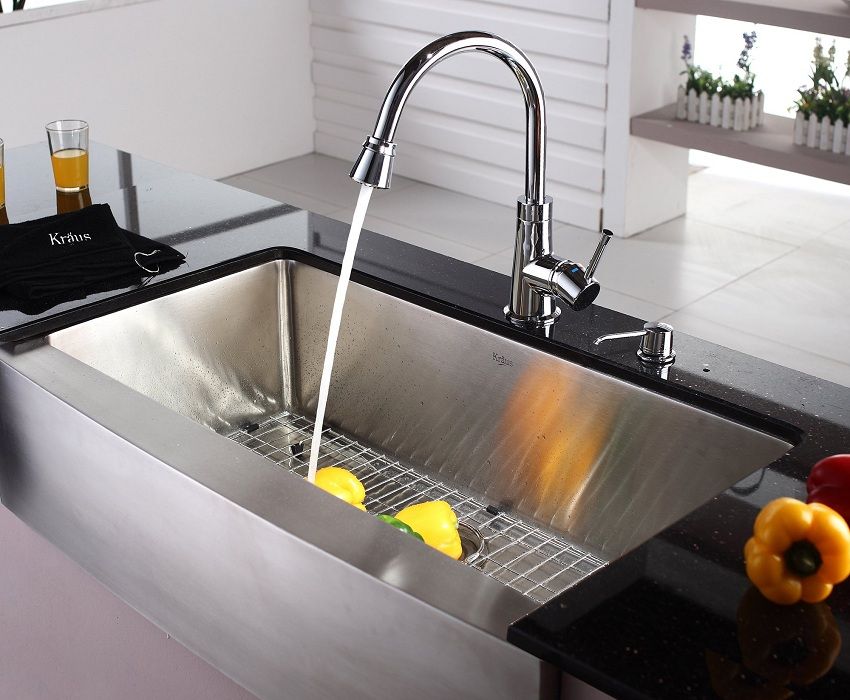
The sizes of sinks for the kitchen, made of stainless steel, can be very different, as well as their shape. Quality stainless models include elements such as nickel and chromium, which make them resistant to aggressive corrosive effects.
Depending on the type of surface, there are two types of stainless steel sinks: glossy and matte. If desired, you can order a model, which will be applied textured pattern.
Benefits:
- The democratic cost of metal models largely influenced their high popularity. The cost of such sinks is much lower than on counterparts made of artificial stone or ceramics. Therefore, it is quite possible to buy a sink in the kitchen inexpensively, if there are no preferences regarding the material;

- universal appearance that fits almost any interior;
- resistance to mechanical stress, active chemicals and high temperatures;
- ease of cleaning;
- long operational term.
Disadvantages:
- the need for grounding;
- the noise arising in the process of washing dishes;
- dried water droplets are clearly visible on the surface of such a sink.
Note! The level of noise arising from the use of washing, is directly dependent on the thickness of its walls. To eliminate unpleasant sound, you can purchase and install a special element – a sound absorber.

Among the budget products of this type are often poor-quality samples that will not last for a long time. There is a simple method that allows you to determine the quality of the sink, made of stainless steel: you need to hold a magnet on its surface. The smooth sliding of the magnetic element indicates the high quality of the kitchen sink.

